Want more honeysuckle in your garden? Here’s how to take cuttings step-by-step
Multiply your favourite climber for free with this simple cutting method
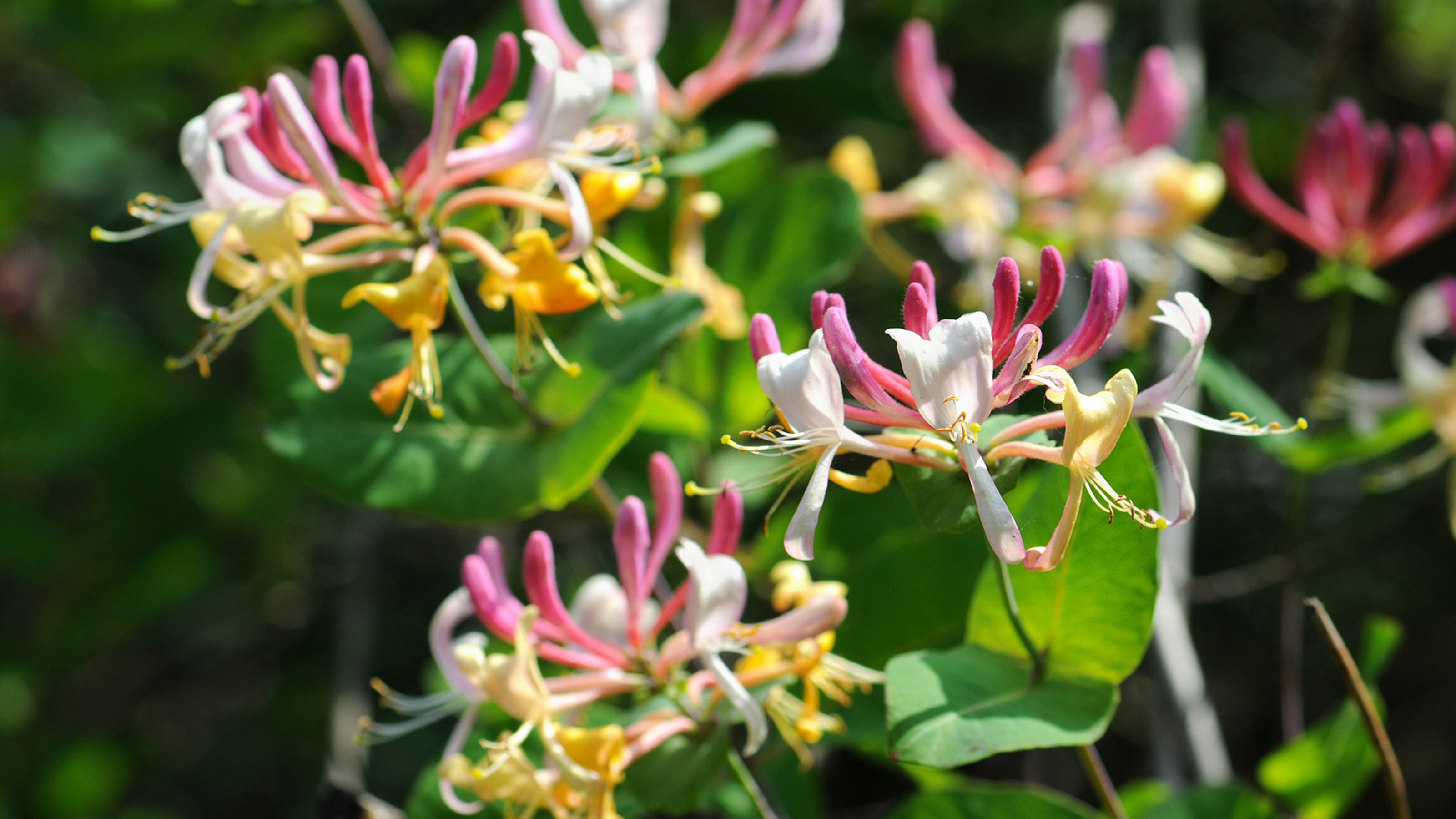

Learning how to take honeysuckle cuttings is surprisingly easy and can be done at two different times of year – spring to early summer, and late summer to early autumn.
One of the best plants to grow from cuttings, honeysuckle is a beautiful climbing plant, loved by both people and insects for its nectar-rich, fragrant blooms. With the right care, honeysuckle can grow between two and three feet per year, making it ideal for training up walls, fences or over pergolas.
Another benefit of honeysuckle being such a fast-growing climbing plant is that it's perfect for new gardeners and those who have never tried propagation before, as you can take multiple honeysuckle cuttings without worrying too much about damaging the plant.
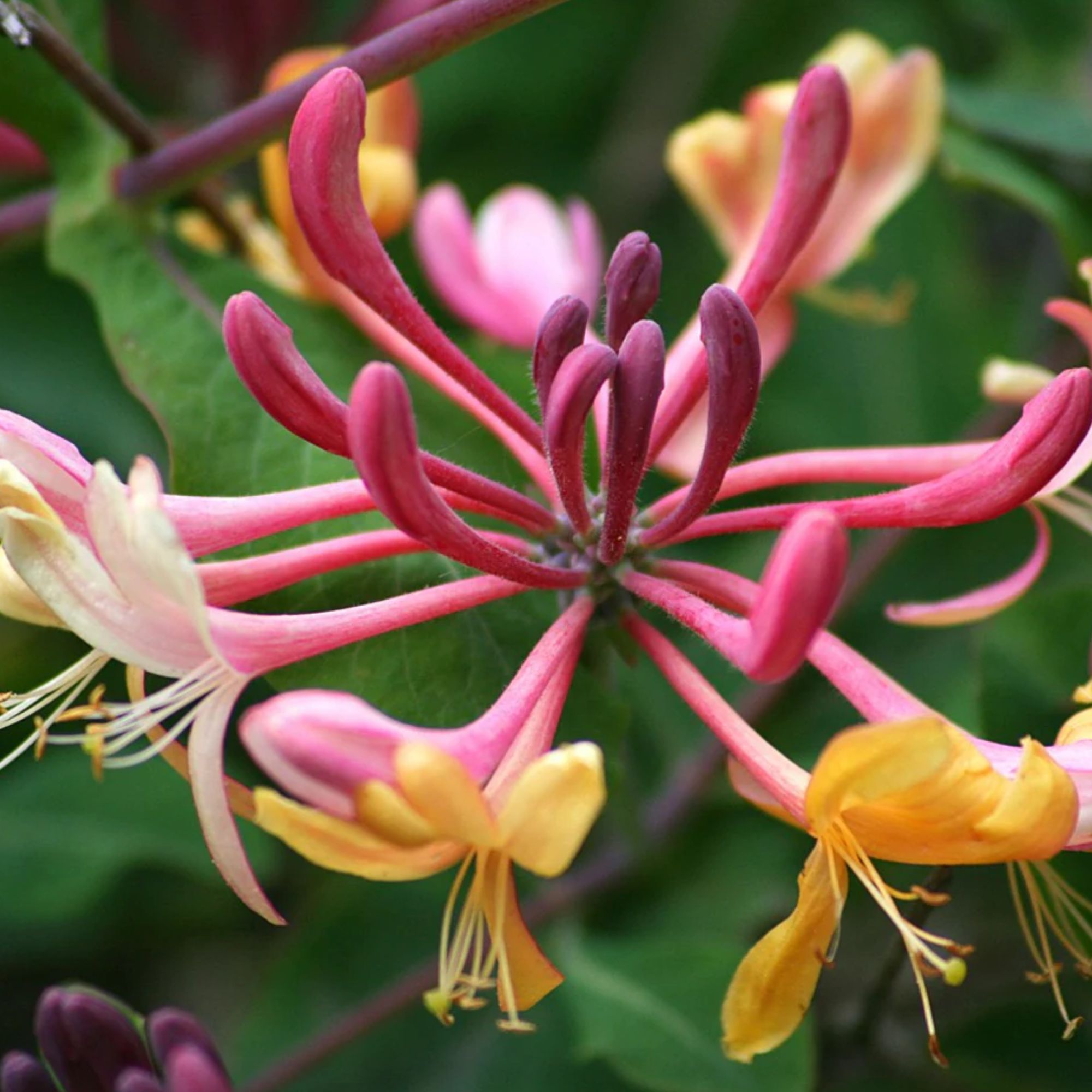
What you'll need
Here's what you need to take honeysuckle cutting for the greatest chance of success.
- A healthy and well-established honeysuckle plant – Gardening Express have a range of well-established 5-6ltr honeysuckle plants available online
- Secateurs like these, Spear & Jackson Razorsharp Bypass Secateurs on Amazon
- Peat-free seed and cutting compost – Levington's 20ltr bags are available on Amazon
- Hormone rooting powder or gel (optional) – Westland Organic Hormone Rooting Powder on B&Q
- Individual 13cm / 1 L pots
- Plastic bag and rubber bands
How to take honeysuckle cuttings
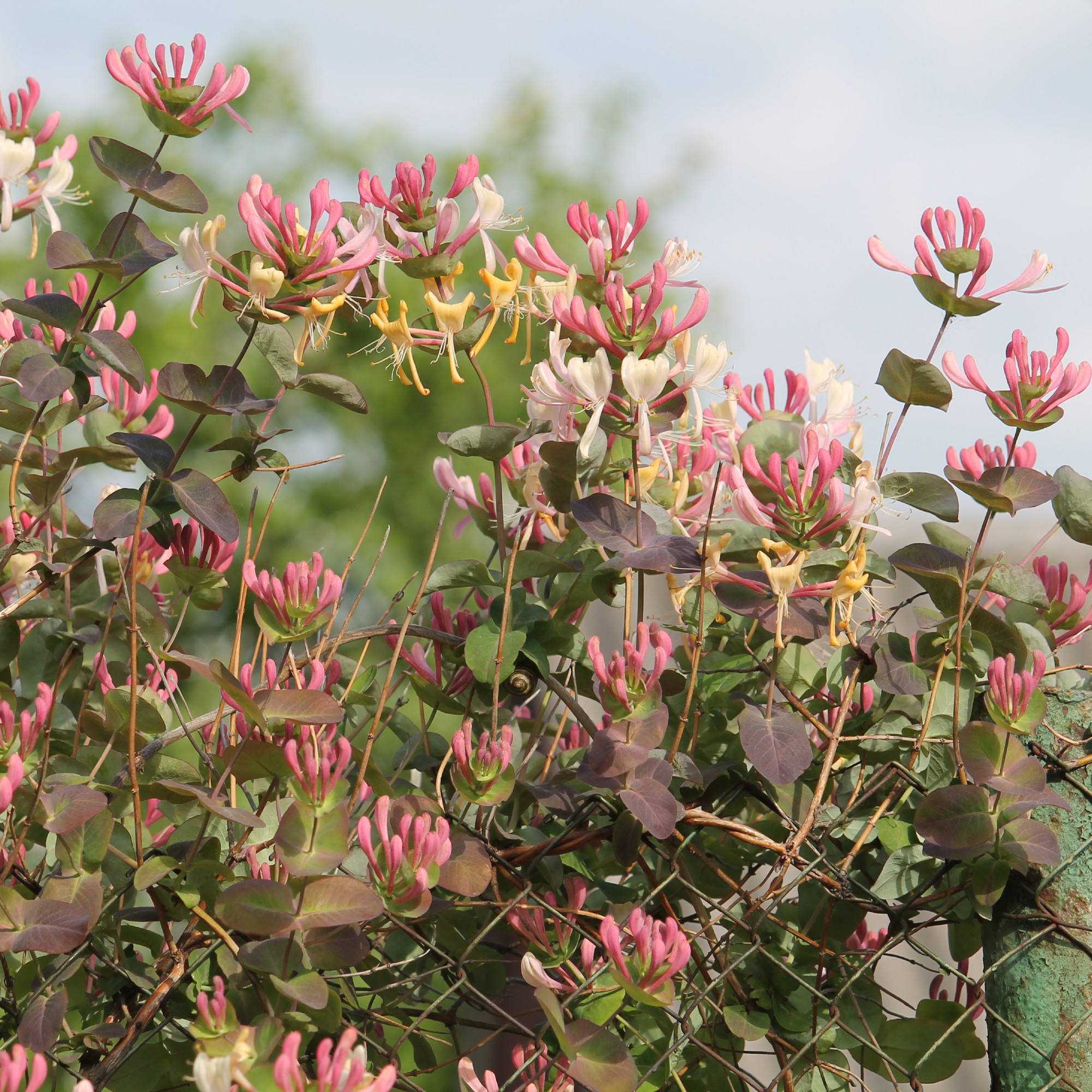
Propagating plants is one of the best free garden ideas, ideal if you are gardening on a budget and it's super easy to do.
There are two different approaches to taking honeysuckle cuttings – either softwood cuttings or semi-ripe cuttings. The right one for you will depend on the time of year.
'Softwood cuttings come from the fresh, green shoots that appear in early summer, whilst semi-ripe cuttings are best taken later in the season when the stems have started to harden but are not fully woody and come from growth that’s a few months old,' explains Julian Palphramand, head of plants at British Garden Centres.
Sign up to our newsletter for style inspiration, real homes, project and garden advice and shopping know-how
Softwood cuttings are best taken during spring and summer when the shoots are just a few weeks old. Propagating honeysuckle from semi-ripe cuttings is best done in late summer or early autumn, and coincides with when to prune honeysuckle. This means you can use pruned sections of your honeysuckle to grow new plants – so if you already know how to prune honeysuckle, then you're halfway there.
Regardless of the approach, you should only take cuttings from healthy honeysuckle plants – if you don't already have a honeysuckle plant in your garden borders, then
Crocus stocks a wide range of honeysuckle plants including the dainty Strawberries and Cream or highly fragrant Graham Thomas.
How to take honeysuckle cuttings: softwood cuttings
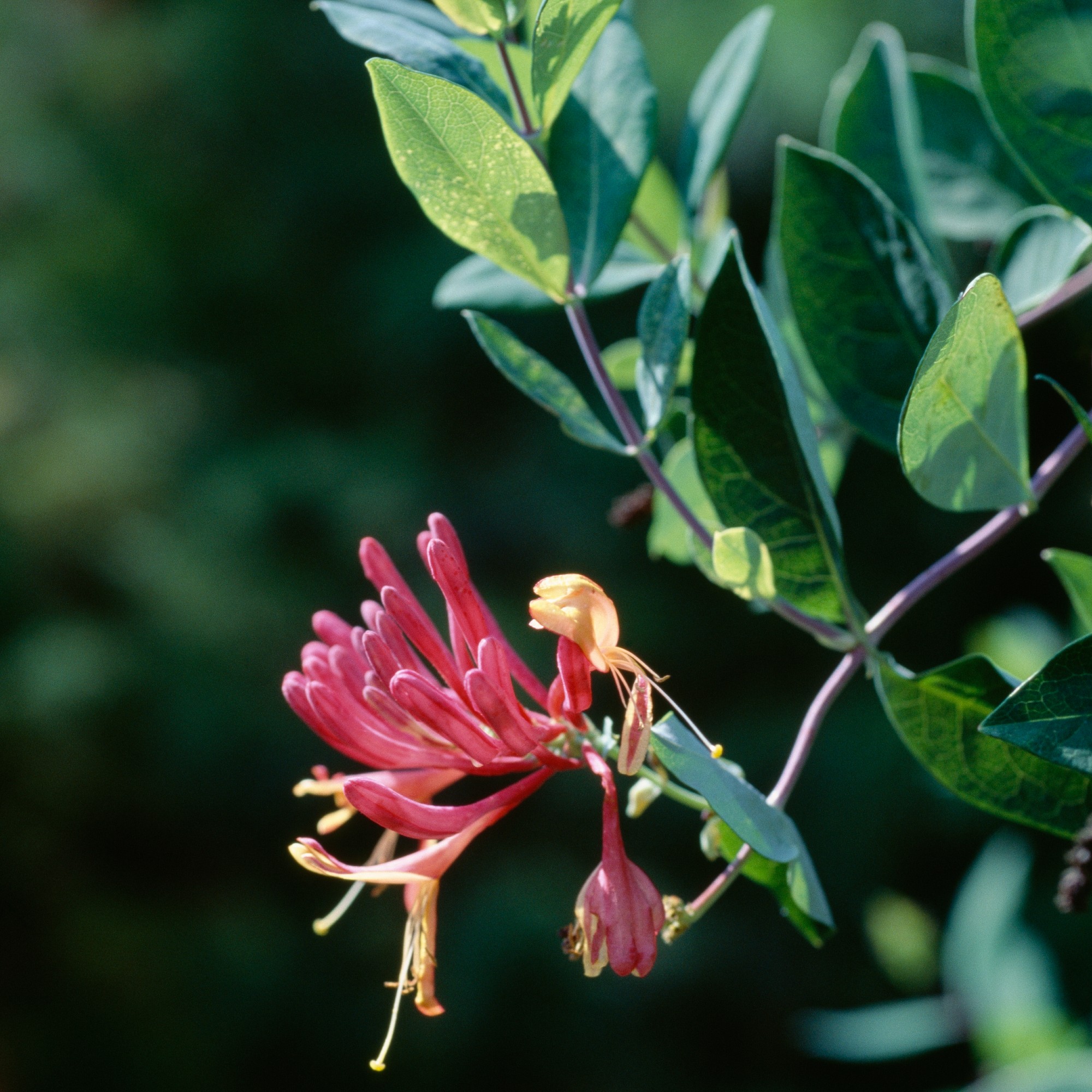
Since honeysuckle is so quick-growing, learning how to take honeysuckle cuttings is an efficient and cost-effective way to hide an ugly fence, especially since honeysuckle is one of the best climbing plants to cover an ugly fence.
If looking to cover a large area of fence quickly, then taking softwood honeysuckle cuttings – which involves taking the tender, flexible stems – is very efficient as it has the whole summer growing season to establish itself.
Julian from British Garden Centres guides us through the steps.
- To take a cutting, choose a healthy stem and cut a piece about four inches long, making sure to cut just below a leaf joint. (For softwood cuttings choose a non-flowering stem that is flexible but firm.)
- Remove the leaves from the bottom half of the cutting, but leave a few leaves at the top to help the cutting keep growing.
- You can dip in rooting hormone to encourage root growth, but it’s not necessary.
- After preparing the cutting, plant it in a pot filled with moist, well-draining soil.
- The soil should stay damp but not soggy, and it’s important to keep the cutting somewhere warm with indirect sunlight.
Once the plant has established strong foots, the honeysuckle can then be planted in the garden, where it will continue to grow.
How to take honeysuckle cuttings: semi-ripe cuttings
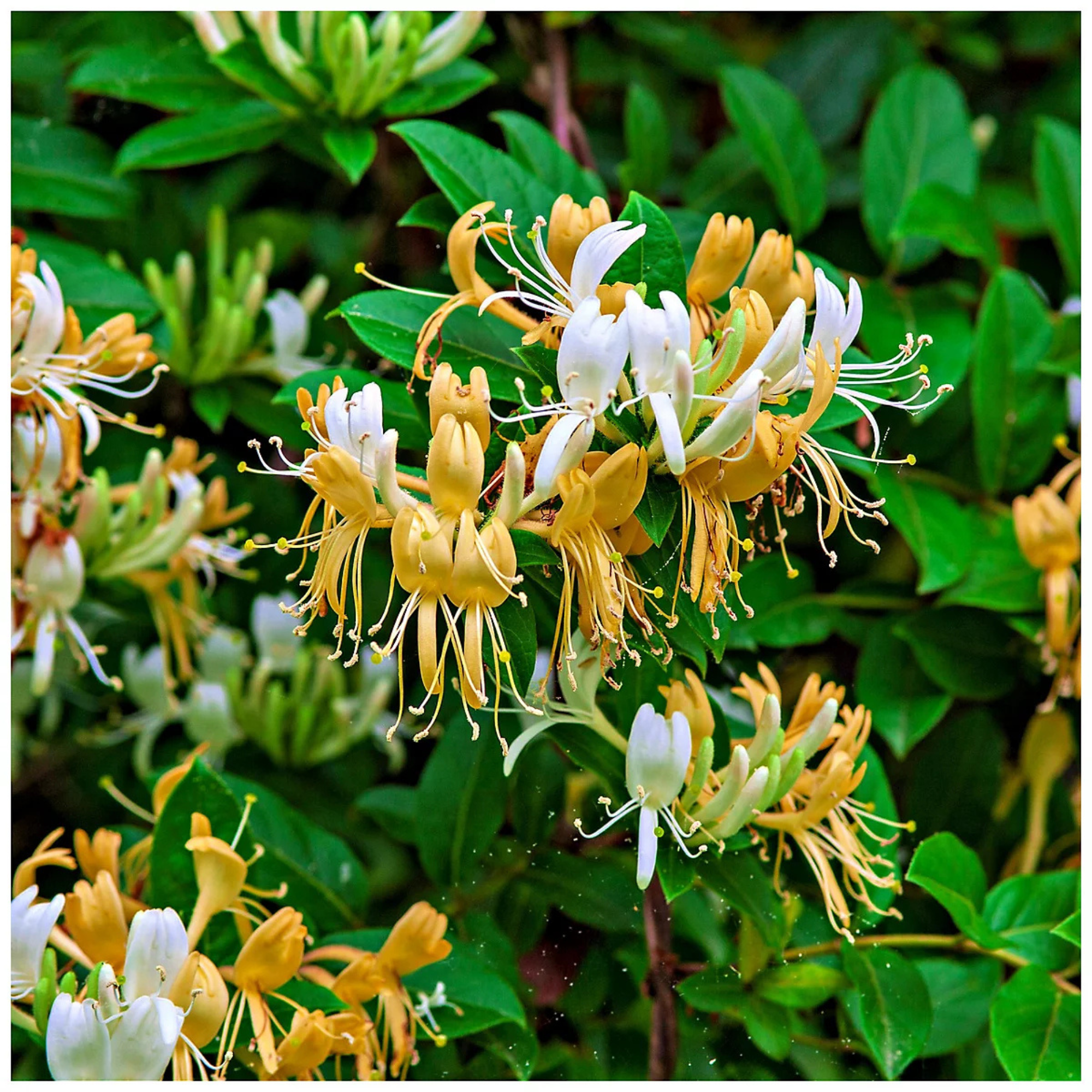
The technique for taking semi-hardwood honeysuckle cuttings is very similar to taking softwood cuttings; however, the major difference is the stems.
You should look for this year's growth, which has started to harden but not yet woody – the stems should be a few months old.
Experts from St Bridget Nurseries also recommend 'the ideal size for these cuttings is slightly longer than softwood, between 4 and 6 inches, this length must also have at least an inch of firm wood at the base.'
FAQS
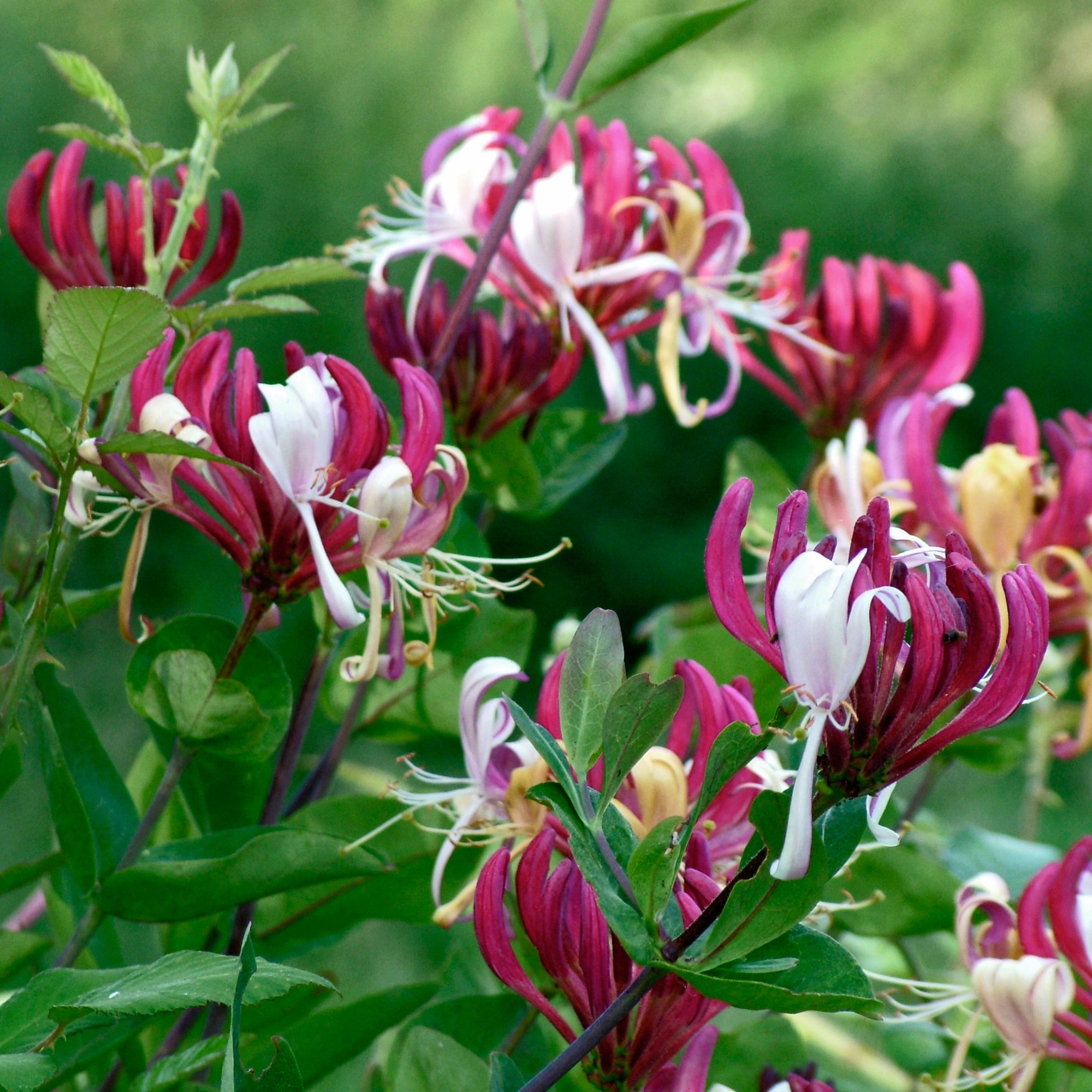
When is the best time to take honeysuckle cuttings?
'The best time to take honeysuckle cuttings ultimately depends on the type of cutting. If you’re taking softwood cuttings, the best time is late spring to early summer. This is when stems are young and flexible,' explains Liam Cleary, outdoor plant expert at the Old Railway Line Garden Centre.
'But if you’re taking semi-ripe cuttings, the best time is late summer to early autumn, when stems are firmer but not woody.'
Will honeysuckle cuttings root in water?
'While it’s possible to root honeysuckle cuttings in water, we recommend rooting them directly in soil,' advises Julian from British Garden Centres.
'Water rooting can sometimes work with softwood cuttings, but the roots that develop in water are often more delicate and can struggle when moved into soil later. Rooting in soil helps the plant develop stronger roots from the start, making it more likely to thrive once planted outside.'
Can I grow honeysuckle from a branch?
Yes, you can grow honeysuckle from a branch. If propagating in spring and early summer, then flexible soft branches will be the best for propagating, and if propagating in summer or early autumn, look for slightly harder branches but avoid any that are too woody.
Are there any other tips or hacks you swear by for taking honeysuckle cuttings?
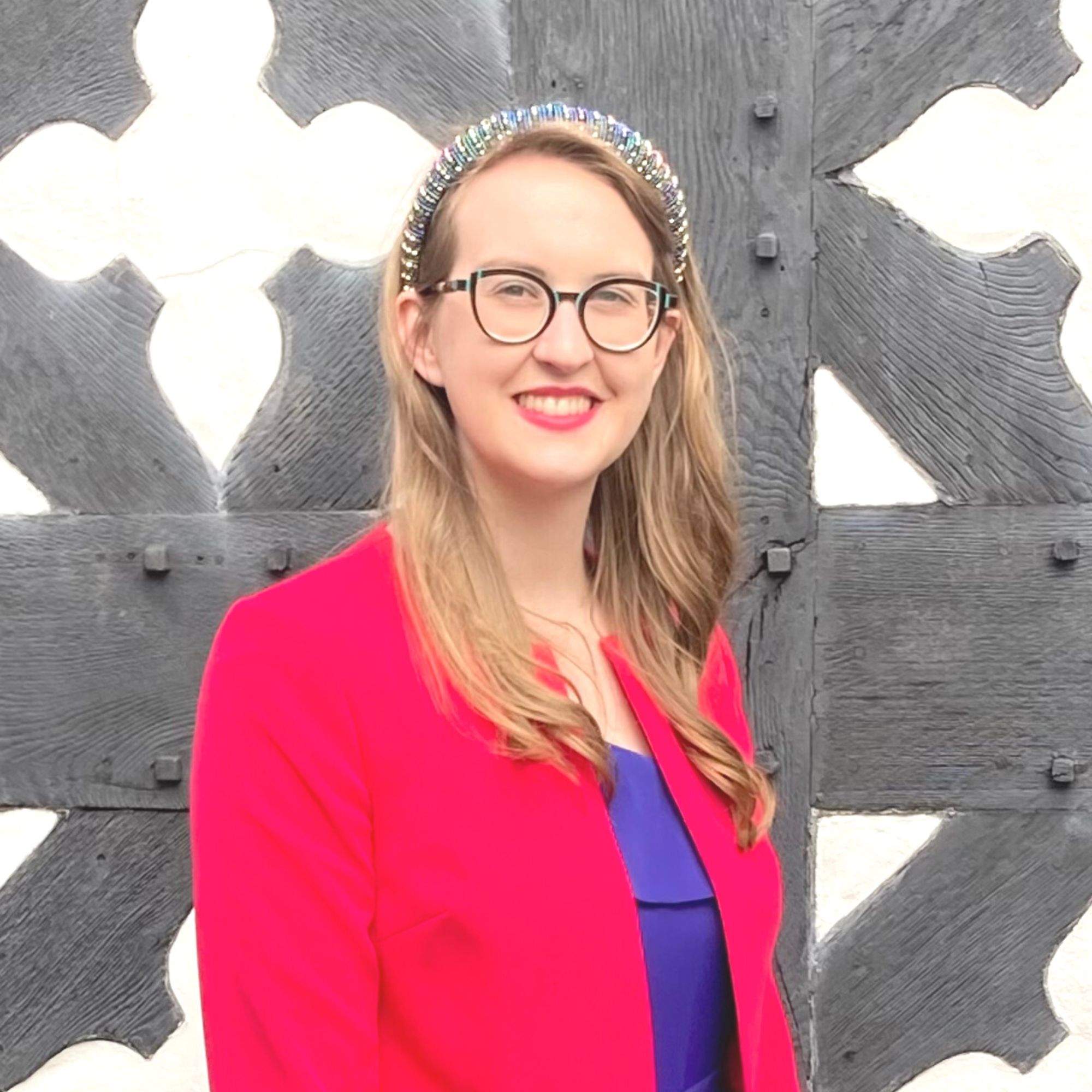
Holly is one of Ideal Home’s content editors. Starting her career in 2018 as a feature writer and sub-editor for Period Living magazine, she has continued this role also adding regular features for Country Homes & Interiors and the Ideal Home website to her roster. Holly has a passion for traditional and country-inspired interiors – especially kitchen design – and is happiest when exploring the countryside and hills of the Lake District. A keen gardener, she is a strong believer that you can never have too many houseplants.
You must confirm your public display name before commenting
Please logout and then login again, you will then be prompted to enter your display name.